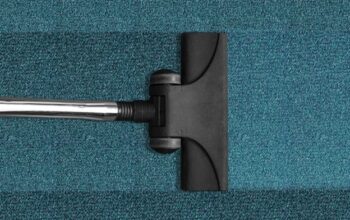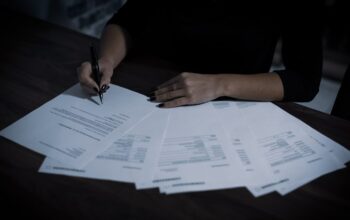It’s no surprise that Americans are smitten with coffee in all its forms. In March 2018, Reuters reported that 64 percent of Americans said they had a cup of coffee the previous day — the highest number of daily coffee drinkers since 2012. Soda consumption is down, but we still can’t get enough coffee.
In fact, the drive to drink high-quality java is so strong that more and more people are looking at roasting their own coffee from the comfort of their home. Here’s what you need to know about home coffee roasting.
Finding the right equipment
If you really want to roast coffee the right way, you need good equipment that lasts for a while. If you search online for coffee-roasting methods, you’ll find people who swear by roasting coffee in popcorn poppers or skillets. That may work when you’re just figuring out if coffee roasting is right for you, but it’s not a great long-term solution. For one thing, a popcorn popper only lets you roast about a half-cup at a time. If you’re a heavy coffee drinker, that’s not going to be enough.
If you’re serious about coffee roasting, you’ll need to buy home roasting equipment. Equipment specifically designed for the task gives you more control over the roast level. You can spend several hundred dollars on coffee roasting equipment if you have it in your budget. If you don’t, you can easily spend less than $100. There’s a wide range of appliances available, so take a look at what’s out there and see what works best for your needs.
Where to find green beans
Once you’ve got the equipment figured out, you’re still not done. You have to figure out where to get unroasted coffee beans, also known as green beans. The name might sound weird, but don’t worry: they may sound like the vegetable you ate as a kid, but it’s still coffee. In this case, “green” is another way of saying “not roasted”.
If you’re not sure where to get started, then check with your favorite coffee roaster. You might be surprised to find that they sell their coffee beans to people who want to create their own roasts. If they don’t, they can probably tell you someplace that will sell you green beans you can take home and roast at your leisure. Once you have the beans, store them in a cool, dry place if you aren’t going to roast them immediately. Also, you shouldn’t plan on roasting right before you drink your coffee beans. The flavor profile takes a bit of time to mature, so roast it a few days before you need it. A week or two is ideal. If you’re really eager to test out the fruits of your labor, you can try it the next day.
It takes time to learn
You can read all the instructions in the world and still end up with coffee that tastes off the first time out. You may try to make a light roast and end up with something that’s medium or even dark. You may be going for dark and get so eager that you remove the beans before they’ve had time to crack properly. The longer you stay at it, the more you’ll be able to recognize what each cracking noise means.
A dark roast is more challenging to perfect. Once you get to the dark roast stage, you’re flirting with danger. If you go too far, you’ll just have a burnt mess that once resembled coffee beans. It may help to know that a darker roast doesn’t mean you’re getting more caffeine. In fact, a light roast is actually more caffeinated.



